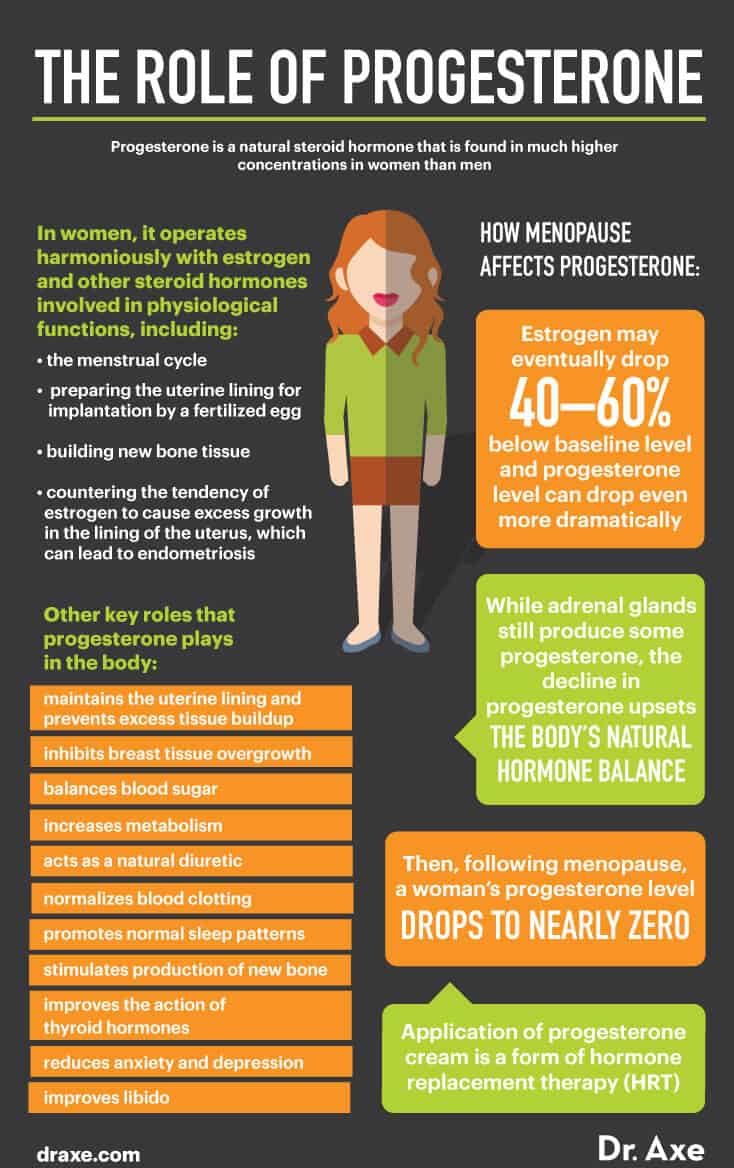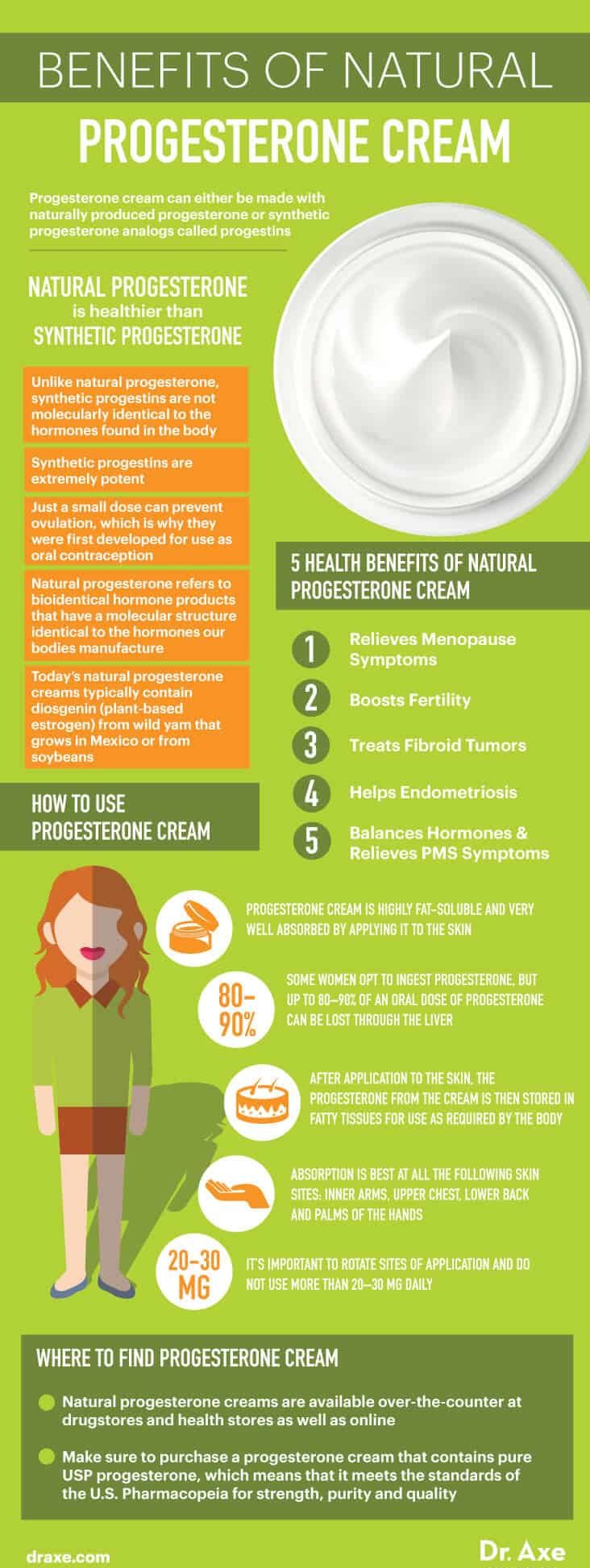This Dr. Axe content is medically reviewed or fact checked to ensure factually accurate information.
With strict editorial sourcing guidelines, we only link to academic research institutions, reputable media sites and, when research is available, medically peer-reviewed studies. Note that the numbers in parentheses (1, 2, etc.) are clickable links to these studies.
The information in our articles is NOT intended to replace a one-on-one relationship with a qualified health care professional and is not intended as medical advice.
This article is based on scientific evidence, written by experts and fact checked by our trained editorial staff. Note that the numbers in parentheses (1, 2, etc.) are clickable links to medically peer-reviewed studies.
Our team includes licensed nutritionists and dietitians, certified health education specialists, as well as certified strength and conditioning specialists, personal trainers and corrective exercise specialists. Our team aims to be not only thorough with its research, but also objective and unbiased.
The information in our articles is NOT intended to replace a one-on-one relationship with a qualified health care professional and is not intended as medical advice.
Natural Progesterone Cream for Fertility & Menopause
September 15, 2024

Are you suffering from infertility, fibroids, endometriosis, PMS or the negative side effects of menopause? If so, natural progesterone cream might be the answer to the hormone imbalance that is causing your suffering.
Indeed, it’s a natural way to balance your hormones and may help relieve or entirely remove some health issues that you’ve been plagued by.
Progesterone cream can either be made with naturally produced progesterone or synthetic progesterone analogs called progestins. Progesterone cream is highly fat-soluble and very well absorbed by applying it to the skin.
Using progesterone in topical cream form allows the user to control and vary the amount of progesterone applied to the body with each use.
What Is Progesterone?
Progesterone is a natural steroid hormone that is found in much higher concentrations in women than men. In women, it operates harmoniously with estrogen and other steroid hormones involved in physiological functions, such as the menstrual cycle and preparing the uterine lining for implantation by a fertilized egg.
Other essential roles of progesterone include building new bone tissue and countering the tendency of estrogen to cause excess growth in the lining of the uterus, which can lead to endometriosis.
Progesterone is also a key precursor to other steroid hormones, including cortisol, testosterone and certain estrogens (estriol, estradiol and estrone). While a woman’s estrogen may eventually drop 40 percent to 60 percent below her baseline level by menopause, her progesterone level can drop even more dramatically.
Although the adrenal glands still produce some progesterone, the decline in progesterone upsets the body’s natural hormone balance.
Following menopause, a woman’s progesterone level drops to nearly zero. Application of progesterone cream is a form of hormone replacement therapy (HRT) to relieve menopause symptoms.
The many roles progesterone plays in the body include:
- maintains the uterine lining and prevents excess tissue buildup
- inhibits breast tissue overgrowth
- balances blood sugar
- boosts metabolism
- acts as a natural diuretic
- normalizes blood clotting
- promotes normal sleep patterns
- stimulates production of new bone
- improves the action of thyroid hormones
- reduces anxiety and depression
- improves libido

Natural Progesterone Cream vs. Synthetic
Natural progesterone refers to bioidentical hormone products that have a molecular structure identical to the hormones our bodies manufacture naturally. In 1938, Dr. Russell E. Marker discovered that the roots of wild yam contained diosgenin, a phytoestrogen or plant-based estrogen that could be chemically converted into the hormone progesterone.
Today’s natural progesterone creams typically contain diosgenin from wild yam that grows in Mexico or from soybeans. Some women opt to ingest progesterone, but up to 80 percent to 90 percent of an oral dose of progesterone can be lost through the liver.
Progesterone cream is preferable to oral progesterone since it is much better absorbed transdermally and less taxing to the liver in this form.
After application to the skin, the progesterone from the cream is then stored in fatty tissues for use as required by the body. Natural progesterone cream is not a patentable product so pharmaceutical funding for progesterone research has gone in the direction of expensive patentable progestins, such as synthetic birth control pills.
Unlike natural progesterone, synthetic progestins are not molecularly identical to the hormones found naturally in the body. Synthetic progestins are extremely potent, and just a small dose can prevent ovulation, which is why they were first developed for use as oral contraception.
Also, synthetically created progesterone creams do not emulate the progesterone produced by the human body like natural progesterone creams, so the possibility of negative outcomes is highly increased by using synthetic products. Synthetic progesterone creams are often made with potent animal estrogens derived from the urine of pregnant mares.
As a result, I only recommend the use of a high-quality, natural progesterone cream.
Benefits
1. Relieves menopause symptoms
Menopause is the permanent end of menstruation and fertility, defined as occurring twelve months after a woman’s last period. The average age for menopause to occur in women in the U.S. is 51 years old, but menopause can occur anytime in the 40s or 50s.
Earlier menopause can be the result of an eating disorder or surgical removal of the ovaries.
Although menopause is a natural biological process, it can often bring some unwelcome side effects, including hot flashes, mood swings and insomnia. Application of progesterone cream has been shown to significantly reduce menopausal symptoms so consider it one of the natural remedies for menopause.
It also appears to improve bone density, another concern for women as they age.
2. Boosts fertility
There are many factors that can contribute to infertility, or the inability to get pregnant, in women. Infertility causes may include poor nutrition, emotional stress, sexually transmitted diseases, thyroid disorders, candida, medical conditions, eating disorders, excessive exercise, obesity, PCOS and hormonal problems.
By applying progesterone cream externally, a woman can naturally balance her estrogen and progesterone levels to achieve an ideal ratio for conception — thus it acts as a natural infertility treatment.
Progesterone is absolutely essential to establishing a pregnancy and sustaining a pregnancy because it ensures a healthy environment in the womb by maintaining the uterine lining. Low progesterone levels during pregnancy can be one cause of recurrent miscarriages.
Progesterone also reduces the chances of blood clots and the immune system responding to the fetus as if it was a foreign substance.
3. Treats fibroid tumors
Fibroids are abnormal growths that occur in a woman’s uterus. It is estimated that about three-quarters of American women of childbearing age have fibroid tumors in their uteruses.
These benign tumors can cause not only pain, anemia, excessive menstrual bleeding and infertility, but they are also responsible for a third of the 200,000 hysterectomies in the U.S. each year.
Fibroids are often caused by high levels of estrogen and low levels of progesterone due to obesity, hypothyroidism, perimenopause or low-fiber diets.
Progesterone cream may act as a natural fibroid treatment and offer pain relief by curbing the influence of estrogen enough to shrink the fibroids and ease symptoms. However, there have been reported cases where uterine fibroids have not responded ideally to progesterone therapy.
Dr. John Lee, an expert in natural hormone balance, explains the double results in the following way: “Fibroids tend to grow during the years before menopause and then atrophy after menopause. This suggests that estrogen stimulates fibroid growth, but we also know that once they get larger, progesterone, too, can contribute to their growth.”
When treating fibroids, it’s important to work with a doctor who has tested your hormone levels so you can be best advised if natural progesterone cream is the right option for your body.

4. Helps endometriosis
Endometriosis is an often painful, chronic disorder in which tissue that normally lines the inside of a woman’s uterus (the endometrium) grows outside the uterus in the ovaries, bowel, pelvis or, in rare cases, beyond the pelvic region. Endometriosis affects roughly 10 percent (190 million) of reproductive age women and girls globally..
No one is sure of the exact cause of endometriosis, but some contributing factors include genetics, hormonal imbalances or a disorder of the uterine tissue that starts at birth. The contributing hormonal imbalance often involves low progesterone levels, which can be improved by the application of progesterone cream, which thus acts as one of the natural remedies for endometriosis.
By restoring proper progesterone levels, you can restore normal growth and shedding of the endometrium.
5. Balances hormones and relieves PMS symptoms
Common premenstrual syndrome (PMS) symptoms include fatigue, bloating, skin issues, emotional changes, breast tenderness and cramps. These unwanted symptoms of PMS are primarily caused each month by hormonal imbalance.
For women who need PMS natural remedies, please know that treatment with progesterone may restore a deficiency, balance menstrual hormone levels or reduce effects of falling progesterone levels on the brain or on electrolytes in the blood.
How to Use
Natural progesterone creams are available over-the-counter at drugstores and health stores as well as online.
Make sure to purchase a progesterone cream that contains pure USP progesterone, which means that it meets the standards of the United States Pharmacopeia for strength, purity and quality. Quality natural progesterone creams include Serenity for Women, PureGest Lotion and Natural Woman Progesterone Cream.
Since progesterone is very fat-soluble, progesterone cream is easily absorbed through the skin. From the skin, progesterone is absorbed into the bloodstream.
Absorption is best at all the following skin sites: inner arms, upper chest, lower back and palms of the hands.
It’s important to rotate sites of application and do not use more than 20–30 milligrams daily.
- For Menopause: ¼ teaspoon (about a dime-sized dollop) applied to the skin and forearms 2–3 times daily.
- For Infertility, Fibroids and Endometriosis: ¼ teaspoon applied to the skin daily, days 6–26 of cycle, stop after 3rd month of pregnancy.
- For PMS: ¼ teaspoon applied to the skin daily starting after ovulation until the day before your period begins.
Precautions and Side Effects
Never use progesterone cream before checking with your doctor to evaluate the source of your health concerns as well as your current hormone levels. Synthetic progesterone may inhibit the concentration of the body’s natural progesterone, so hormone imbalances are worsened instead of improved.
Possible side effects of synthetic progesterone include breast tenderness or discharge, hives, itching, skin rash, acne, hair growth or hair loss, spotting or break-through bleeding, changes in menstrual periods, vaginal itching or discharge, changes in appetite, increased or decreased weight, nausea, stomach pain, bloating, fever, sleep problems (insomnia), and jaundice (yellowing of the skin or eyes), or skin color changes.
Some more serious side effects are an increased risk of heart attacks, stroke, breast cancer, blood clots and pulmonary emboli in postmenopausal women. This long list of undesirable possibilities provides good reason to opt for natural over synthetic when it comes to progesterone cream.
When it comes to using a natural progesterone cream, you still should be careful that you are taking the appropriate dosage for your concerns and that you are not using the cream for too long. Whether a progesterone cream is synthetic or natural, progesterone does accumulate in the tissues, which is why long-term use is not typically recommended.
One side effect that can occur with natural progesterone cream is an altering of the timing of your menstrual cycle. Appropriate dosage and timing can help reduce this possibility.



